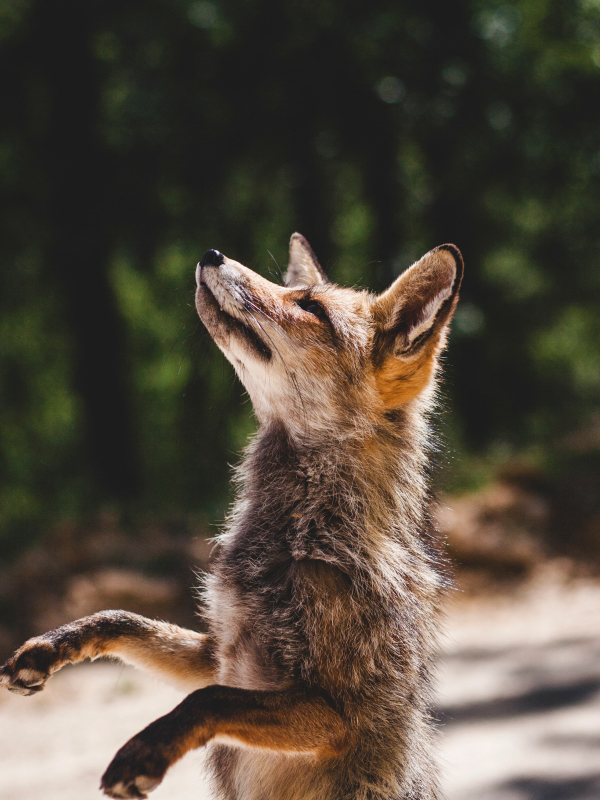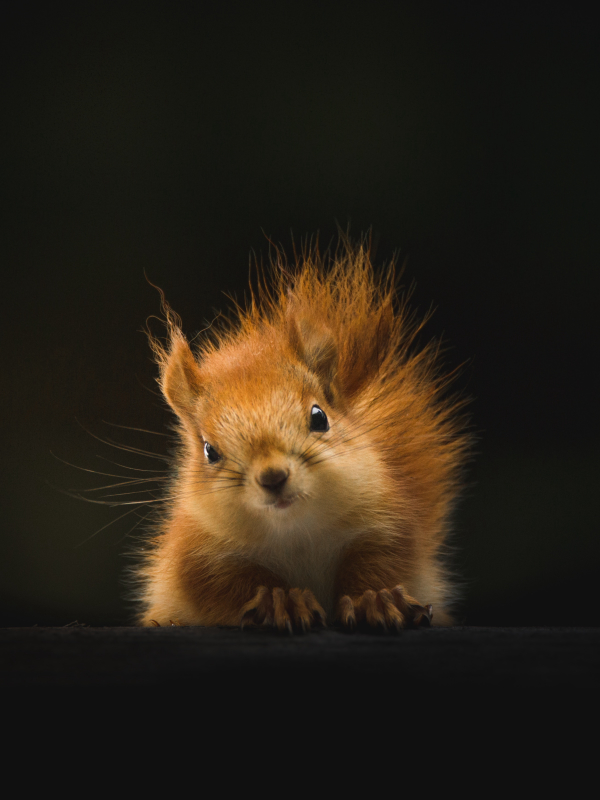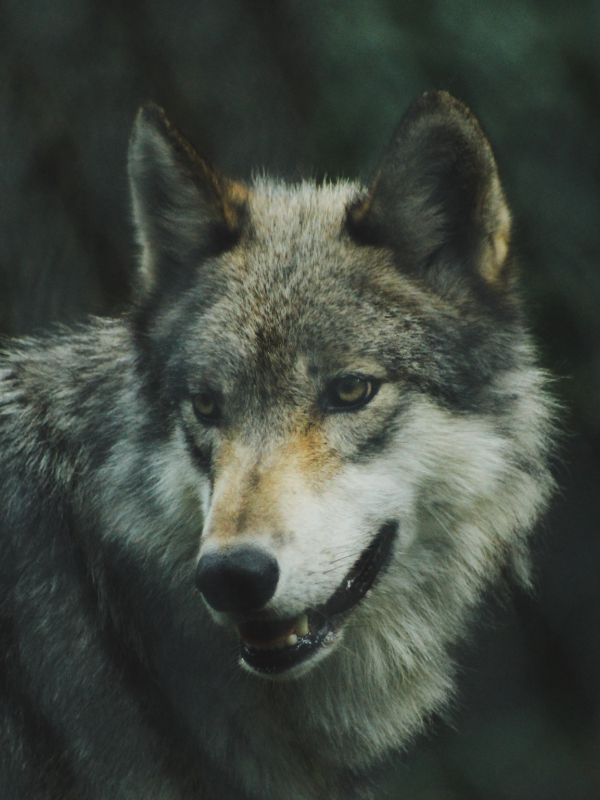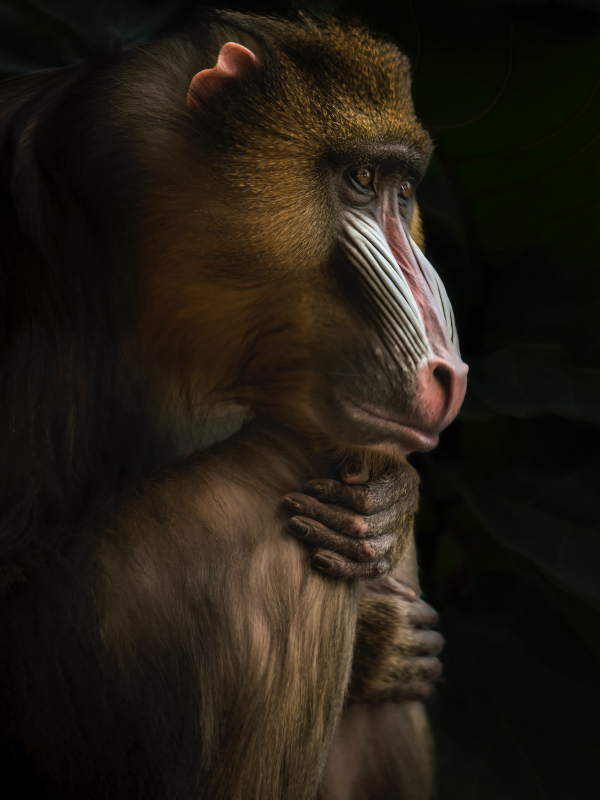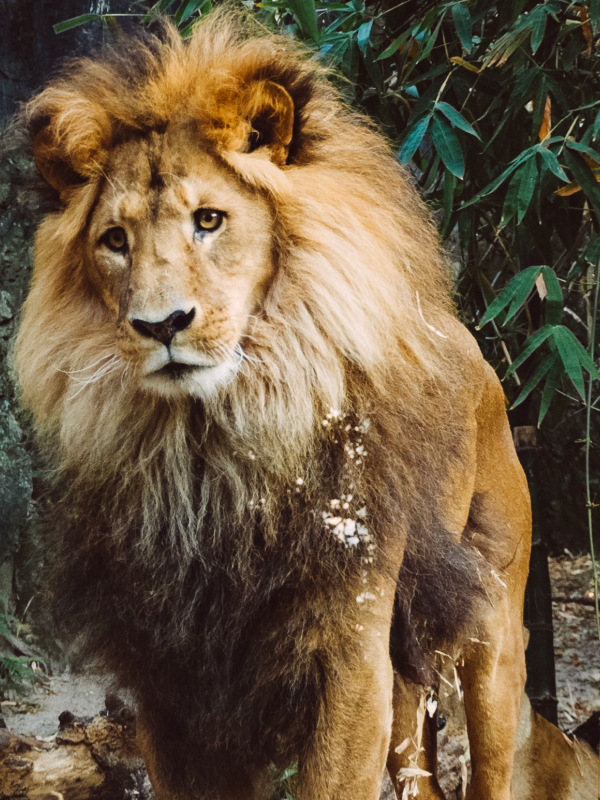Fantastic Animals
Fox
Foxes are mammalian and omnivorous animals belonging to the Canidae family. They are medium-sized vulpines, characterized by a long snout and a long, furry tail. They also have oval-shaped pupils, similar to the vertical pupils of felines. Of about 40 recognized species of foxes, only 12 belong to the genus Vulpes, known as "true foxes," of which the red fox is the most common. They also have oval-shaped pupils, similar to the vertical pupils of felines.
Foxes are mammalian and omnivorous animals belonging to the Canidae family. They are medium-sized vulpines, characterized by a long snout and a long, furry tail. They also have oval-shaped pupils, similar to the vertical pupils of felines. Of about 40 recognized species of foxes, only 12 belong to the genus Vulpes, known as "true foxes," of which the red fox is the most common. They also have oval-shaped pupils, similar to the vertical pupils of felines.
Squirrel
Squirrels are members of the family Sciuridae, a family that includes small or medium-sized rodents. The squirrel family includes tree squirrels, ground squirrels, and flying squirrels. Squirrels are indigenous to the Americas, Eurasia, and Africa, and were introduced by humans to Australia.
Squirrels are members of the family Sciuridae, a family that includes small or medium-sized rodents. The squirrel family includes tree squirrels, ground squirrels, and flying squirrels. Squirrels are indigenous to the Americas, Eurasia, and Africa, and were introduced by humans to Australia.
Bear
Bears are carnivoran mammals of the family Ursidae. They are classified as caniforms, or doglike carnivorans. Although only eight species of bears are extant, they are widespread, appearing in a wide variety of habitats throughout most of the Northern Hemisphere and partially in the Southern Hemisphere.
Bears are carnivoran mammals of the family Ursidae. They are classified as caniforms, or doglike carnivorans. Although only eight species of bears are extant, they are widespread, appearing in a wide variety of habitats throughout most of the Northern Hemisphere and partially in the Southern Hemisphere.
Wolf
The wolf, also known as the gray wolf or grey wolf, is a large canine native to Eurasia and North America. More than thirty subspecies of Canis lupus have been recognized, including the dog and dingo, though gray wolves, as popularly understood, only comprise naturally-occurring wild subspecies.
The wolf, also known as the gray wolf or grey wolf, is a large canine native to Eurasia and North America. More than thirty subspecies of Canis lupus have been recognized, including the dog and dingo, though gray wolves, as popularly understood, only comprise naturally-occurring wild subspecies.
Baboon
Baboons are primates comprising the genus Papio, one of the 23 genera of Old World monkeys, in the family Cercopithecidae. There are six species of baboon: the hamadryas baboon, the Guinea baboon, the olive baboon, the yellow baboon, the Kinda baboon and the chacma baboon.
Baboons are primates comprising the genus Papio, one of the 23 genera of Old World monkeys, in the family Cercopithecidae. There are six species of baboon: the hamadryas baboon, the Guinea baboon, the olive baboon, the yellow baboon, the Kinda baboon and the chacma baboon.
Lion
The lion is a large cat of the genus Panthera, native to Africa and India. It has a muscular, broad-chested body; a short, rounded head; round ears; and a hairy tuft at the end of its tail. It is sexually dimorphic; adult male lions are larger than females and have a prominent mane.
The lion is a large cat of the genus Panthera, native to Africa and India. It has a muscular, broad-chested body; a short, rounded head; round ears; and a hairy tuft at the end of its tail. It is sexually dimorphic; adult male lions are larger than females and have a prominent mane.
FAQ
- What the animals' age?
-
Lorem, ipsum dolor sit amet consectetur adipisicing elit. Porro rerum numquam mollitia perspiciatis, totam odit voluptatum aspernatur odio distinctio modi.
- Are they fantastic?
-
Lorem, ipsum dolor sit amet consectetur adipisicing elit. Porro rerum numquam mollitia perspiciatis, totam odit voluptatum aspernatur odio distinctio modi.
- What is the difference?
-
Lorem, ipsum dolor sit amet consectetur adipisicing elit. Porro rerum numquam mollitia perspiciatis, totam odit voluptatum aspernatur odio distinctio modi.
- How to protect them?
-
Lorem, ipsum dolor sit amet consectetur adipisicing elit. Porro rerum numquam mollitia perspiciatis, totam odit voluptatum aspernatur odio distinctio modi.
Numbers
Contact

- contact@email.com/li>
- +351 99999999
- 985, Almirante Reis Avenue, Lisbon.
- Mon to Fri from 8am to 6pm
- Make a donation of 0 bitcoin
